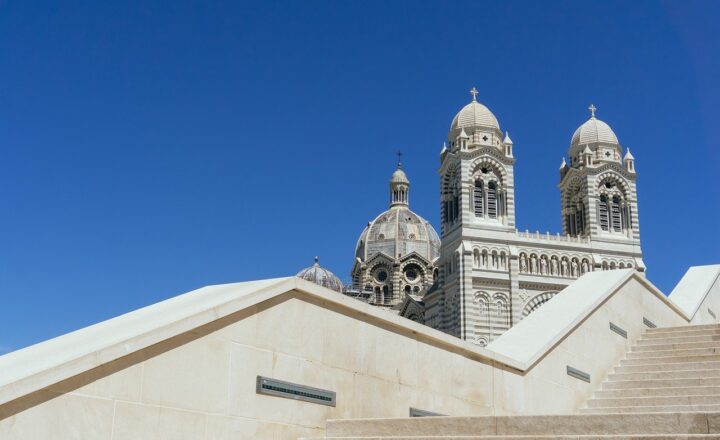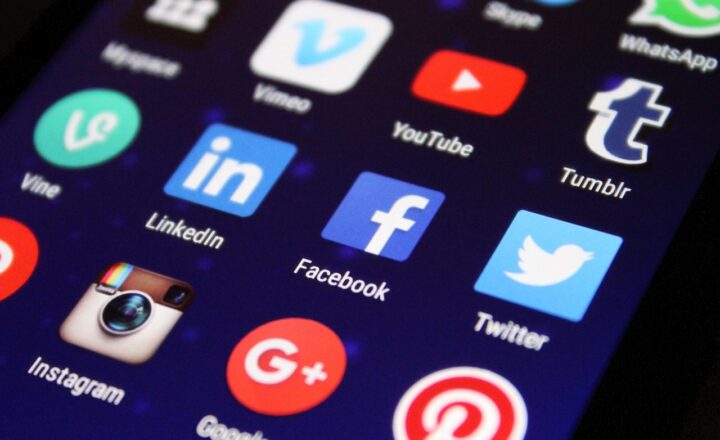The Role of the Internet in Preserving Cultural Heritage and Stories
November 17, 2024

Cultural heritage comprises the legacy of physical artifacts (historical buildings, monuments, books, works of art) as well as intangible attributes (traditions, language, rituals) that were inherited from our ancestors. In our modern age, the internet has emerged as a critical tool for preserving and promoting this heritage.
In this article, we will delve into how the internet serves not just as a repository of cultural artifacts, but also as a platform for storytelling, engaging communities, and fostering an appreciation of diverse cultures worldwide.
1. Digital Archives and Online Libraries
The internet allows for the digitization of books, manuscripts, photographs, and other important documents. Initiatives like Project Gutenberg, which offers over 60,000 free eBooks, showcase how the digital age can provide easy access to cultural literature that might be rare or out of print.
Moreover, institutions such as the Library of Congress or Europeana offer vast archives that collect and preserve valuable cultural artifacts.
These digital repositories not only safeguard these materials from deterioration but also provide unlimited access to them, ensuring that future generations can learn about their heritage.
2. Virtual Museums and Exhibitions
Museums around the globe are leveraging the internet to reach broader audiences. Organizations such as the British Museum and the Smithsonian Institution have created virtual tours that allow users to experience exhibitions without needing to travel. These platforms are instrumental in making cultural heritage accessible to those who might never walk through their doors.
The value of virtual museums is particularly pronounced during times of global crises, like the COVID-19 pandemic, when physical visitation was restricted. Users can now explore invaluable artifacts and learn their stories from the comfort of their homes.
3. Crowdsourcing Cultural Preservation
The rise of social media and the internet has empowered communities to actively participate in the preservation of their cultural stories. Platforms such as Facebook, Instagram, and Twitter facilitate the sharing of cultural knowledge, folklore, and memories.
Crowdsourcing projects have emerged, inviting individuals to contribute their personal narratives, photographs, and artifacts. An example is the Digital Public Library of America (DPLA), which encourages community participation in cataloging and preserving local history.
Such collaborative efforts emphasize the importance of grassroots storytelling, preserving diverse voices, and recognizing the value of personal anecdotes as part of the cultural narrative.
4. Social Media as a Cultural Storytelling Tool
Social media has transformed how we share stories and cultural narratives. Platforms like YouTube, TikTok, and Instagram allow individuals and organizations to share visual and auditory representations of their cultural practices.
In particular, TikTok has become a popular medium for sharing lore, rituals, and traditional practices among younger generations, fostering a pathway to cultural appreciation.
These platforms create spaces for interactivity, where users can engage with content through comments and collaborations, promoting a richer understanding of diverse cultures.
5. Online Education and Workshops
With the internet, educational resources for cultural knowledge are more accessible than ever. Online classes, webinars, and workshops allow experts to share their understanding of cultural practices with anyone around the globe. Platforms like Coursera and MasterClass offer courses in various cultural disciplines, from traditional crafts to music and dance.
These educational resources not only foster learning but also create conversations about the importance of cultural heritage, ensuring that knowledge is passed down through generations, albeit in a modern context.
6. Preservation through Community Engagement
The internet flourishes by enabling community engagement in cultural preservation efforts. Platforms such as blogging, crowdsourcing websites, and local social media groups encourage discussions about local cultural heritage, traditions, and historical narratives.
Grassroots movements aimed at protecting language, art forms, and traditions thrive online as passionate individuals rally to bring awareness and promote education.
Organizations like UNESCO employ the internet to educate communities about the significance of preserving their cultural heritage, thereby creating networks of involved individuals advocating for protection and continuity.
7. Challenges and Future Directions
Despite the myriad ways the internet has impacted cultural heritage positively, several challenges remain. Issues like digital divide, copyright restrictions, and the potential loss of authenticity in cultural storytelling due to commercialization must be tackled.
However, with advancements in technology, such as augmented reality (AR) and artificial intelligence (AI), utilizing these tools for immersive storytelling and accurate representation may offer solutions. By focusing on inclusivity, authenticity, and community involvement, the preservation of cultural heritage through the internet can evolve into a holistic process.
Conclusion
The internet plays a pivotal role in preserving cultural heritage and stories, transforming how this important aspect of humanity is accessed, shared, and valued. As we navigate the complexities of the digital age, leveraging the internet to preserve our diverse cultures will pave the way for a culturally rich future where storytelling knows no boundaries.
By continuing to digitize artifacts, promote grassroots storytelling, and engage communities, we can ensure that cultural heritage—whether tangible or intangible—remains an integral part of our collective memory for generations to come.








